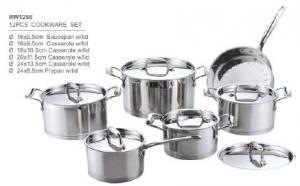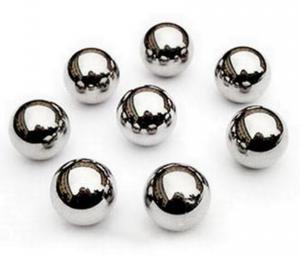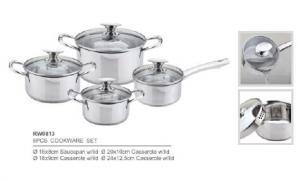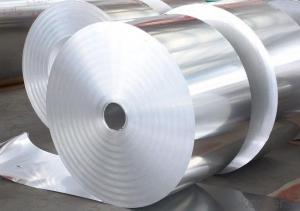304 Stainless Steel Tubing
304 Stainless Steel Tubing Related Searches
Best Paint For Stainless Steel Blanket Insulation For Steel Buildings Primer For Galvanized Steel Foam Filter For Stainless Steel H S Code For Stainless Steel Surface Grinding Wheels For Stainless Steel Surface Grinding Wheels For Hardened Steel Hole Saw For Stainless Steel Paint For Stainless Steel Stainless Steel For BbqHot Searches
Steel Mesh Panels For Sale Price For Stainless Steel Scrap Scrap Price For Stainless Steel Price For Stainless Steel Stainless Steel Tank For Sale Stainless Steel Sheets For Sale Cheap High Tea Sets For Sale Stainless Steel Tanks For Sale Stainless Steel For Sale High Density Fiberboard For Sale Solar Hot Water Collectors For Sale Scaffolding For Sale In Uae Scaffolding For Sale In Ireland Scaffolding For Sale In Houston Type Of Inverter For Solar Price Of Shipping Containers For Sale Types Of Inverter For Solar Stock Price For Aluminum Used Solar Inverter For Sale Steel Mesh Panels For Sale304 Stainless Steel Tubing Supplier & Manufacturer from China
Okorder.com is a professional 304 Stainless Steel Tubing supplier & manufacturer, offers integrated one-stop services including real-time quoting and online cargo tracking. We are funded by CNBM Group, a Fortune 500 enterprise and the largest 304 Stainless Steel Tubing firm in China.Hot Products
FAQ
- Stainless steel sheets are available in various shapes, including flat sheets, perforated sheets, corrugated sheets, embossed sheets, and diamond plates. These shapes cater to different applications and aesthetic preferences in industries such as construction, automotive, and interior design.
- The cost considerations when purchasing stainless steel sheets include the grade and quality of the stainless steel, the size and thickness of the sheets, any additional finishes or coatings, and the quantity being purchased. Additionally, factors such as transportation and delivery costs, as well as any applicable taxes or import duties, should also be taken into account.
- Stainless steel sheets exhibit exceptional heat resistance due to their composition as a steel alloy rich in chromium. This high chromium content imparts impressive heat resistance properties, allowing stainless steel sheets to endure high temperatures without warping, deforming, or compromising their structural integrity. Consequently, stainless steel sheets find widespread use in various applications that demand heat resistance, including the construction of ovens, cookware, industrial equipment, and automotive components. Moreover, the superior oxidation resistance of stainless steel sheets ensures that they retain their appearance and properties even when exposed to elevated temperatures. Altogether, choosing stainless steel sheets proves advantageous when heat resistance is a critical requirement.
- Yes, stainless steel sheets are generally resistant to scratches. Stainless steel is known for its durability and strength, making it highly resistant to scratching or denting. However, it's important to note that no material is completely scratch-proof, and stainless steel can still develop minor scratches over time with regular use. However, these scratches are usually superficial and can often be easily removed or minimized with proper cleaning and maintenance. Additionally, the level of scratch resistance can vary depending on the grade and finish of the stainless steel sheet.
- Generally speaking, stainless steel sheets exhibit a high level of resistance to radiation. This is because stainless steel is renowned for its ability to withstand corrosion and oxidation, making it a suitable choice for industries that deal with radiation exposure, such as nuclear power plants, medical facilities, and laboratories. The resistance to radiation exhibited by stainless steel can be attributed to its composition, which includes chromium, nickel, and other alloying elements. These elements create a protective oxide layer on the surface of the stainless steel, effectively preventing radiation from penetrating the material. However, it is important to note that the degree of radiation resistance can vary depending on the specific grade and thickness of the stainless steel sheet. To ensure optimal performance in radiation-prone environments, it is recommended to seek advice from experts or consult specific technical specifications.
- Yes, stainless steel sheets are suitable for escalator claddings. Stainless steel is a durable and corrosion-resistant material, making it ideal for heavy-duty applications like escalators. It provides a sleek and modern aesthetic while also offering protection against wear and tear. Additionally, stainless steel is easy to clean and maintain, making it a practical choice for escalator claddings.
- The elongation percentage of stainless steel sheets can vary depending on the grade and thickness of the sheets, but typically ranges from 40% to 60%.
- Yes, stainless steel sheets can be used for elevator handrails. Stainless steel is a popular material for handrails due to its durability, strength, and resistance to corrosion. Elevator handrails are subject to constant use and exposure to various elements, making stainless steel an ideal choice. Additionally, stainless steel can be easily cleaned and maintained, ensuring a hygienic and aesthetically pleasing environment for elevator users.















































